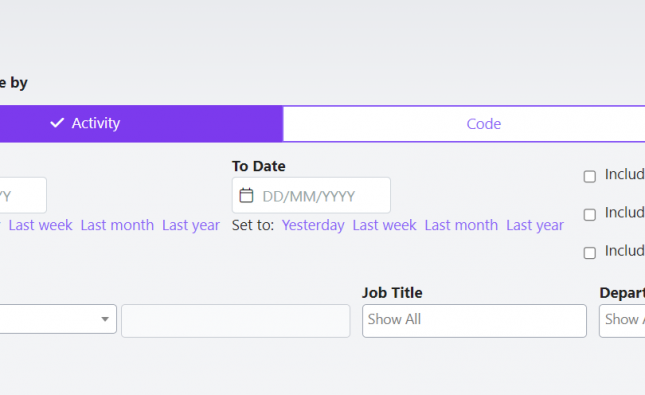Related Courses
Snow and ice have caused huge disruptions recently as the UK has experienced its coldest weather spell in over a decade. With the Met Office issuing a yellow weather warning for most parts of the UK, the cold weather looks set to stay for a while longer.
Safe working conditions are vital in any workplace to maximise productivity and reduce the risk of illness or injury, however many people are unsure of the rules and regulations surrounding maximum and minimum temperature conditions in the workplace.
What is the legal minimum temperature for working indoors?
There are currently no laws that specify the minimum temperature for working indoors. However, the HSE’s Workplace Health, Safety and Welfare Regulations 1992, place a legal obligation on employers to provide a ‘reasonable’ temperature in the workplace. The regulations suggest that the typical workplace, where the activity is mainly sedentary – offices, for example – should be at least 16°. If the work involves lots of physical activity – manual labour and warehouse work, for example – temperatures should not fall lower than 13°.
What is the minimum working temperature when working outside?
If employees work outdoors, there is no specific minimum temperature guideline. This is because it is not practical to maintain a workplace temperature in excess of 13 degrees when work is being done outside or if it involves working in freezers. However, it is critical that employers take all reasonable steps to reduce the obvious risks to employees which result from working in cold conditions. Employees should be encouraged to mention any existing health conditions that may make them susceptible to extreme temperatures.
What are the obligations as an employer?
Employers have a duty of care, rather than a legal obligation, to maintain safe working environments for their employees. Employers are expected to do whatever is ‘reasonably practicable’ to safeguard their workers’ wellbeing, and they must provide a safe environment where staff are not at risk of falling ill from the cold. The principle applies to all employees, even those working from home.
This requires carrying out regular risk assessments and acting on the results. Employers must also take into consideration those with existing health conditions that could be affected to a greater extent by the cold temperatures, such as those who are medically vulnerable or pregnant. In particular, those employees with heart/circulation and breathing problems such as emphysema may be more sensitive to working in cold temperatures.
The HSE provides some actions that employers can take to protect people working outdoors in extreme cold conditions.
- Ensure the personal protective equipment issued is appropriate
- Provide mobile facilities for warming up, and soup or hot drinks
- Introduce more frequent rest breaks
- Consider delaying the work until warmer times of the year without compromising on safety
- Make sure workers can recognise the early symptoms of cold stress, such as a cough or body aches
Cold Weather Awareness eLearning
Want to know more about protecting your employees during extreme cold weather? We offer a Cold Weather Awareness eLearning course to help managers and employees manage the risks that can be caused by working in cold temperatures.
This course is part of our suite of Health and Safety eLearning solutions which includes courses on personal safety, risk assessments and working safely. You can either choose our eLearning courses as off-the-shelf packages, or we can tailor the content to suit your organisation. And because eLearning can be delivered conveniently at your own offices, using your existing PCs, it’s easy to keep your colleagues updated with the latest health and safety information.


